
Our four canoes swept around another bend in the Yukon River. It was late in the day. All eyes scanned the shores for a campsite. But the flat, uninviting walls of straggling black spruce along the river showed little promise. The sun, angling down behind the surrounding hills, offered only another hour or two of light. We had to find a place to set up camp and make supper before dark.
Ahead, on the nose of an island silhouetted before us, we could see a couple of tall white spruce, a sign of higher and better drained ground. We renewed our paddling and crossed the river current to swing towards the trees. As we closed on the island we were disappointed. The river banks were high and deeply undercut, trees and great clods of earth crumbling into the current rushing by the face of the island. Avoiding the sweepers hanging drunkenly over the current we looked further down the bank. A few hundred metres downstream, a stony beach offered a place to land and we eagerly scrambled ashore.
On shore we followed footprints up the bank and into a gloomy recess cutoff from the river by the black spruce. A fire pit, still warm – Owww! Hot actually, and a tent site were a relief to find. But the place was so unappealing we returned to the beach and scanned the the river banks downstream with binoculars. Straight across the river we saw what we were looking for.
We moved the canoes as far up the beach as we could and began to ferry across. Bows upstream, we cautiously angled the canoes across the current and let it push us to the other shore. With paddles digging deep, it was almost possible to hold our place against the powerful current of the river. We landed, scattered downstream from the chosen point, but were able to line our canoes back upstream.
The camp was delightful – a dry, open site surrounded by tall white spruce with a well placed fire pit and dry wood near by. We eagerly emptied the canoes, hauling our gear up the gentle slope as dusk settled. Soon a warming fire was blazing, tents set up and the camp kitchen was in business.

We awoke to bright morning with fat banks of fog hanging just above the water with the opposite hill tops seeming to float in the sky. As on every morning, we sat by the fire, relaxing with our hot coffee, and admired the view. And like every morning we evaluated our campsite. Over the course of the week-long trip we developed quite a list of what made a good campsite; the chance to watch the sunset, morning sun to warm us and dry out the tents, a hearth and firewood, a flat beach and easy access from the river, dry, flat ground for the tents,shelter from the near constant wind of the valley, a nearby creek for fresh water and as a safe haven for our young water sprites, and an absence of bear tracks. Along the Yukon River there were many places suitable for camping. However, there seemed to be indescribable qualities that made some sites more comfortable and attractive than others.

What we were working up was not an arbitrary list of camp site features. Rather we were gradually identifying those qualities that meant home – a place to provide us not only the necessities and safety, but which also offered us a connection or relationship with the environment and people around us. We wanted to be able to see the river valley and be aware of changes in weather and water. Those sites that seemed to do this best were also those used by earlier travellers. The signs of previous habitation – the pile of dry wood, the stump dining room suite and the worn tent pads, all welcomed us. And we did our best to ensure travellers following us also felt welcome. It was this chance to establish and respect the connections to a place and the people, both before and following us, that made for a memorable campsite.

Yukon First Nation Elders emphasize the importance of protecting and perpetuating such connections to place as central to the health of a society and the land they live on. The maintenance of those human skills and practices ensuring the health and cleanliness of the environment are crucial parts of all our responsibility in finding and keeping home.

Originally prepared in October, 1996
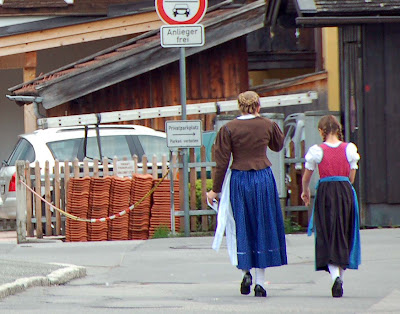




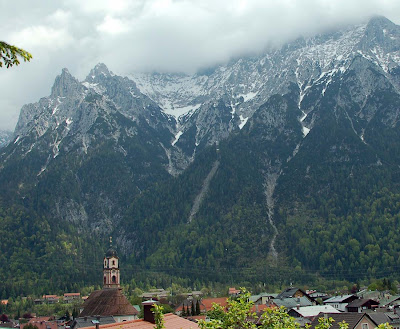

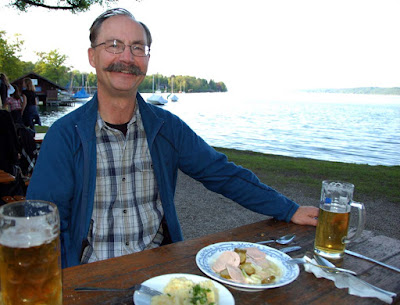


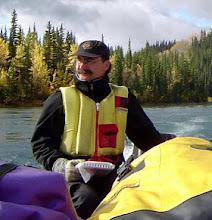




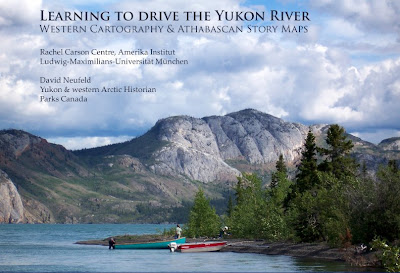





 We awoke to bright morning with fat banks of fog hanging just above the water with the opposite hill tops seeming to float in the sky. As on every morning, we sat by the fire, relaxing with our hot coffee, and admired the view. And like every morning we evaluated our campsite. Over the course of the week-long trip we developed quite a list of what made a good campsite; the chance to watch the sunset, morning sun to warm us and dry out the tents, a hearth and firewood, a flat beach and easy access from the river, dry, flat ground for the tents,shelter from the near constant wind of the valley, a nearby creek for fresh water and as a safe haven for our young water sprites, and an absence of bear tracks. Along the Yukon River there were many places suitable for camping. However, there seemed to be indescribable qualities that made some sites more comfortable and attractive than others.
We awoke to bright morning with fat banks of fog hanging just above the water with the opposite hill tops seeming to float in the sky. As on every morning, we sat by the fire, relaxing with our hot coffee, and admired the view. And like every morning we evaluated our campsite. Over the course of the week-long trip we developed quite a list of what made a good campsite; the chance to watch the sunset, morning sun to warm us and dry out the tents, a hearth and firewood, a flat beach and easy access from the river, dry, flat ground for the tents,shelter from the near constant wind of the valley, a nearby creek for fresh water and as a safe haven for our young water sprites, and an absence of bear tracks. Along the Yukon River there were many places suitable for camping. However, there seemed to be indescribable qualities that made some sites more comfortable and attractive than others.

 Originally prepared in October, 1996
Originally prepared in October, 1996